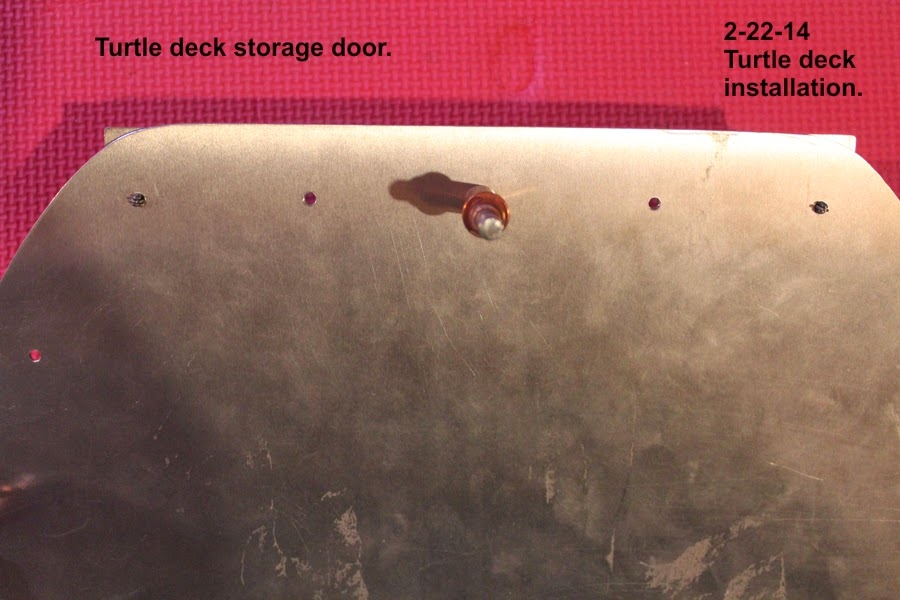I have been working on creating my throttle lever, pitch trim control and installing push-pull cables for the choke, carb heat and cabin heat. First, some photos of my throttle lever:
Click on images to enlarge
I calculated where I should attached the Bowden cable to the throttle lever using some software trying to find the location that would give me just the right amount of cable travel. I might have over thought this, as I will not know if I got it right until I mount the carb and hook up the throttle cable to it. However, it would be easy to move the attachment hole or remake the lever if need be. I think I will also add a camp on the Bowden cable sleeve on the rear side of bulkhead F5 as I'm seeing some cable flex I wish to eliminate.
Next, I worked on creating a pitch trim control. I had seen a photo of someone else's control which was different from the plans control, so I set out to make mine similar to what I had seen. Here are a few photos of what I came up with:




I searched the hardware store until I came upon the terminal lug pictured above. I found it in the electrical department. It worked perfectly for what I wanted to do. I put a screw through the mounting hole and secured it with a nut. I found a twist knob at the hardware store with female threads to match the previously mentioned screw. (Actually, I found the knob first and then the screw.) I needed to cover my slot so things didn't fall through it and asked my wife what item had enough plastic to cover the slot. Within seconds she answered, "A cooking spatula". Well, I found one at the grocery store and cut it down to fit my needs. I now can use this as an example of how I DO listen to my wife on occasion. A metal washer under the spatula strip gives additional strength.
I made my armrest top out of .020" aluminum. It should be fine, but If I was starting over, I would use .032" on this particular armrest. I can always make a replacement armrest top if this one doesn't hold up well from the sliding action of the control knob. Or I could reinforce it with a strip of .032" flush riveted to the underside.
If it's not obvious, you loosen the knob and slide it forward or aft to adjust your trim and then tighten the knob again.
NOTE: I will have to reverse the attach point at the elevator so that nose down is adjusted by sliding the knob forward. This shouldn't be a big deal. If you are going to use this control, work this out in your mind before committing to it. Dave's plans built lever pushes the cable rearward when you push the lever forward. My control pulls the cable forward when the knob goes forward. (Your manual comes with a page of two photos with a heading of "Elevator trim tab rigging", but has no page number. The upper photo shows the Bowden cable attach tab pointing down. Mine will point up.)



















































